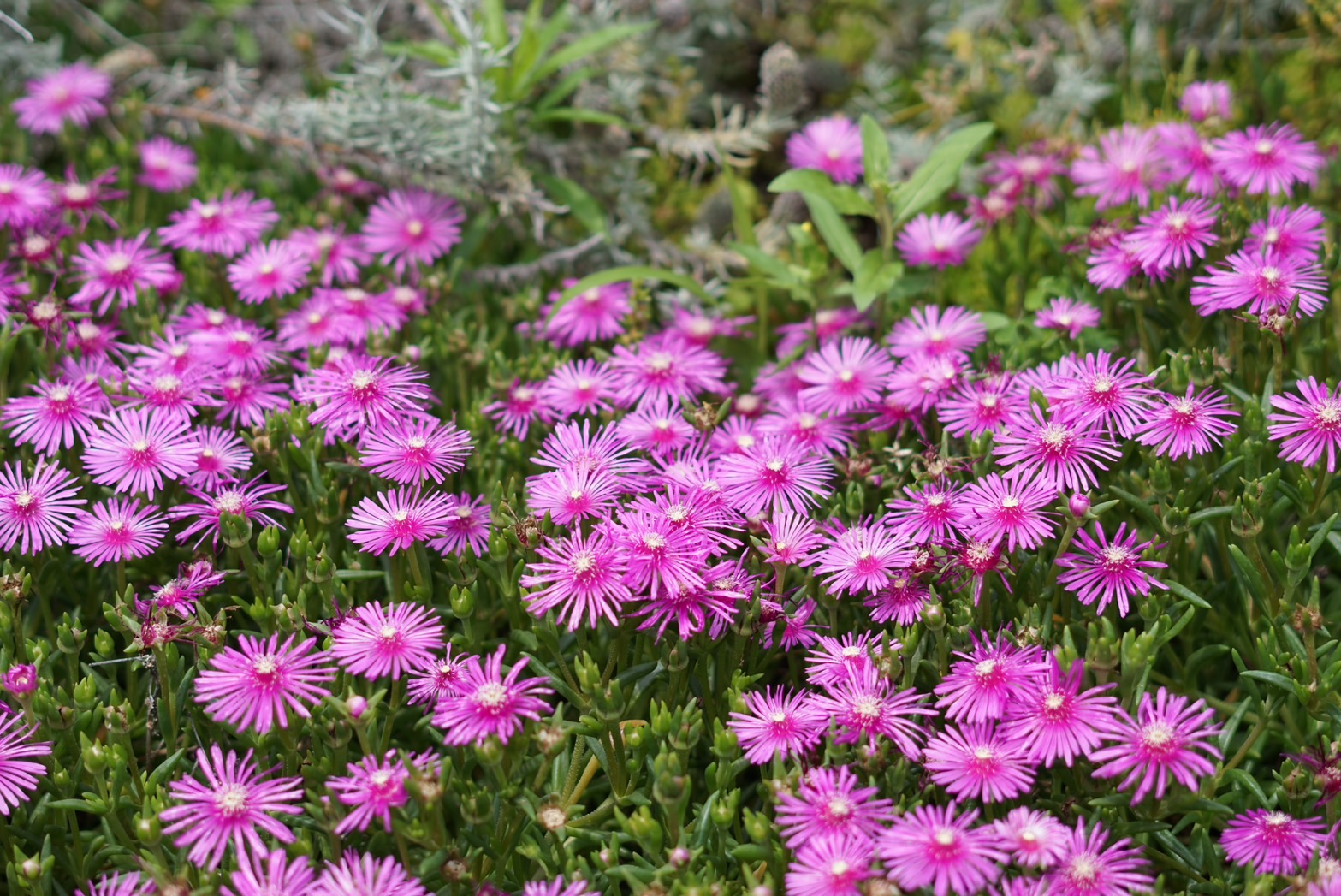日差しは強くなく気温もそこまで高くないのに、湿度が高くて、熱中症にとても注意が必要です。というのも、熱中症は人体と外気との熱のやりとり(熱収支)自体が関係するからです。人体の熱収支に与える影響の大きい ①湿度、 ②日射・輻射(ふくしゃ)など周辺の熱環境、 ③気温の3つを取り入れた指標を指数化した暑さ指数(WBGT(湿球黒球温度):Wet Bulb Globe Temperature)という概念があります。熱中症を予防することを目的として1954年にアメリカで提案された指標です。(環境省ホームページ参照)
圧倒的な湿度だったので、おそらくこの日の稽古はまあまあなWBGTだったのではとおもわれます。十分注意が必要です。
さて、この日の稽古は
1合気体操
2横受け身
3後ろ受け身(回転も)
4気合わせ正面打ち鍛錬
5気合わせ正面打ち一教裏
6前受け身(やり忘れていたから)
7気合わせ正面打ち呼吸投げ
8気合わせ正面打ち入見投げ
9気合わせ正面打ち小手返し
10 7、8、9、5の技を連続で(受け寺田で)
気合わせ正面打ちの技ばかりの稽古をしてみました。相手の振り上げに対して、自分も振り上げて技に入る感覚は全て同じです。技自体は相半身片手取りや逆半身片手取りで経験した技なので、基本的なところは同じです。気合わせからなので、技の動きの理解が進んでいないと、相手のタイミングに合わせることができないので少し難しいかと思いましたが、みなさん上手にできてすごいと思いました。
この日は小学生の稽古生について、保護者の方とお話をしました。その子は運動音痴だということでした。運動音痴ということは、合気道においてハンディキャップだと思われるかもしれませんが、私は全く逆だと思います。合気道では一見全く価値のないような動きに見えることに価値のある動きがたくさんあるからです。速さとか力とか、物理的な解決法ではなく、その場所に足を捌いて、自分の中心で行えば誰でもできるからです。そこに価値を見出せることが大切なのです。
その子を運動音痴だとは思いませんが、運動音痴だとしても、運動音痴でよかったと思える日が来るように稽古してもらえられたら嬉しいです。
The sunlight isn’t strong and the temperature isn’t particularly high, but the humidity is high, so we need to be very careful about heatstroke. This is because heatstroke is influenced by the heat exchange (heat balance) between the human body and the external environment, even if the temperature itself isn’t very high. Three factors that have a significant impact on the heat balance of the human body are: ① humidity, ② solar radiation and thermal radiation, and ③ temperature. Therefore, an index that incorporates these three factors, known as the heat index (Wet Bulb Globe Temperature or WBGT), was proposed in the United States in 1954 with the aim of preventing heatstroke (as referenced on the website of the Ministry of the Environment).
Considering the overwhelming humidity, it is likely that the training on this day had a moderate WBGT. It is necessary to exercise sufficient caution.
Now, let’s look at the training for this day:
- Aikido exercises
- Side breakfall
- Back breakfall (with rotation)
- Aiming and striking practice with Kiai
- Aiming and striking practice with Kiai (reverse technique)
- Front breakfall (because I had forgotten it)
- Aiming and striking practice with Kiai and breath throw
- Aiming and striking practice with Kiai and irimi-nage
- Aiming and striking practice with Kiai and kotegaeshi
- Continuous practice of techniques 7, 8, 9, and 5 (with receiving from Terada)
We practiced mainly aiming and striking techniques with Kiai. The sensation of entering a technique by lifting oneself in response to the opponent’s attack is the same for all techniques. Since the techniques themselves are techniques that I have experienced with hanmi katate-dori and gyaku-hanmi katate-dori, the basics are the same. Since it starts from Kiai, I thought it might be a little difficult if one does not have a good understanding of the movement of the technique, as it requires timing with the opponent, but I was impressed that everyone did it well.
On this day, I talked to the parents of the elementary school students who were training. They mentioned that their child is not good at sports. Being not good at sports may be seen as a handicap in Aikido, but I believe it is exactly the opposite. In Aikido, there are many movements that may seem worthless at first glance but hold great value. It is not about speed or strength or finding a physical solution; it is about moving with agility at that moment and performing from one’s own center, which anyone can do. Finding value in that is what matters.
I don’t think of that child as being bad at sports, but even if they are considered so, I would be happy if through training, they can come to appreciate being “bad at sports” one day.



コメント